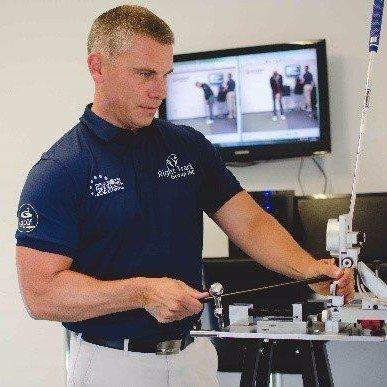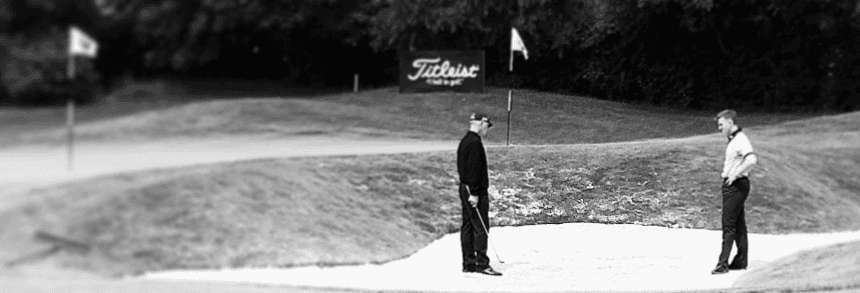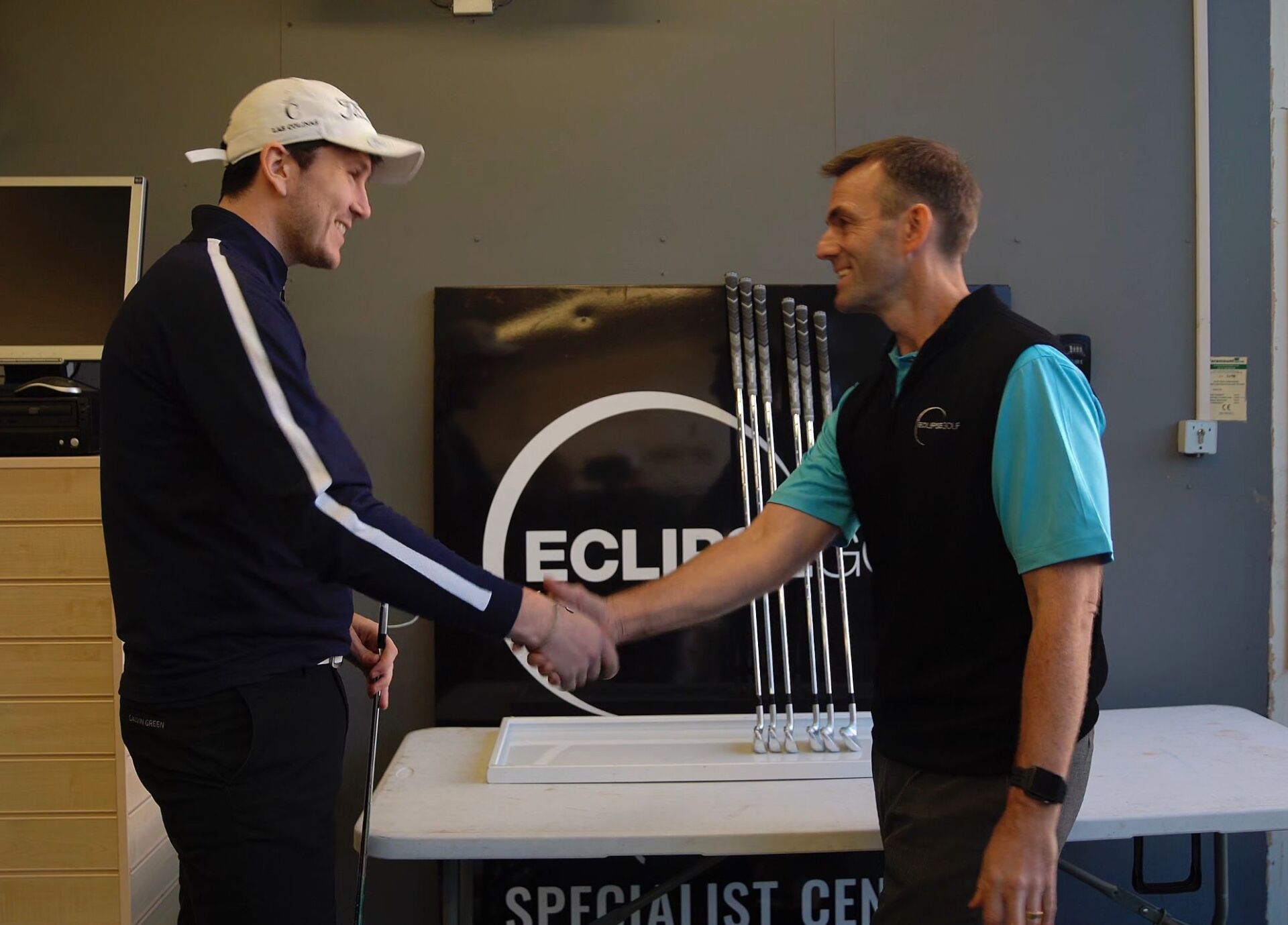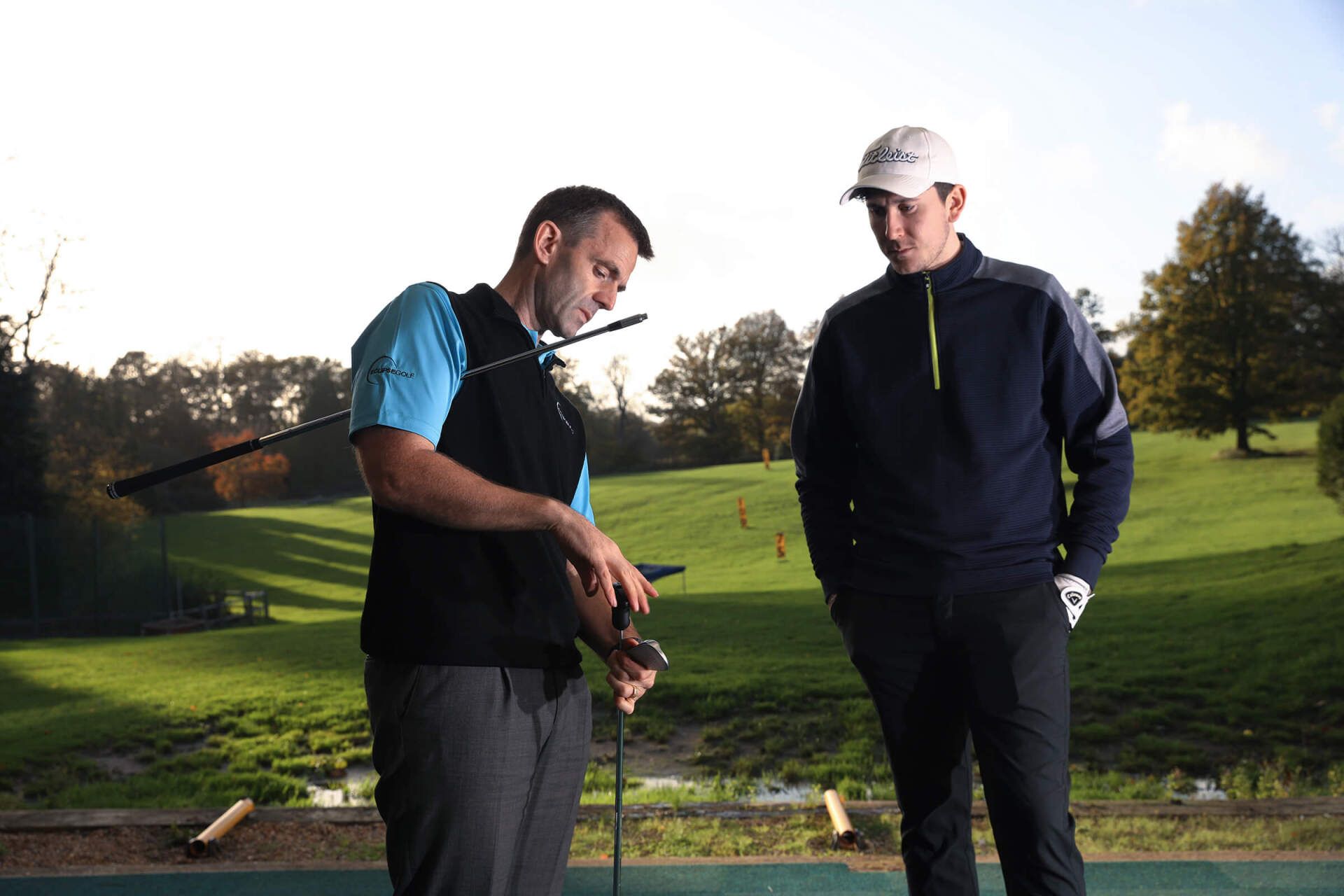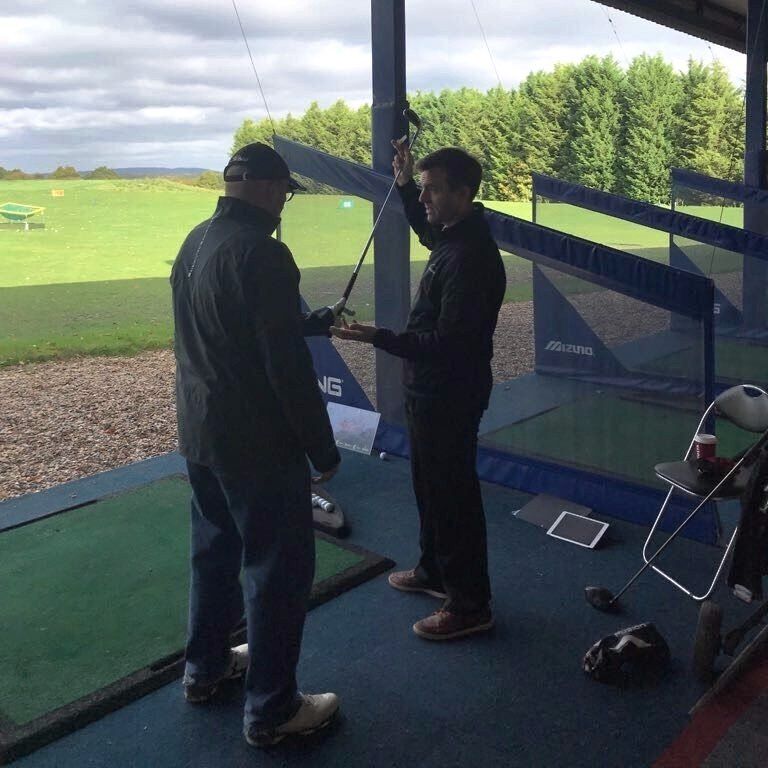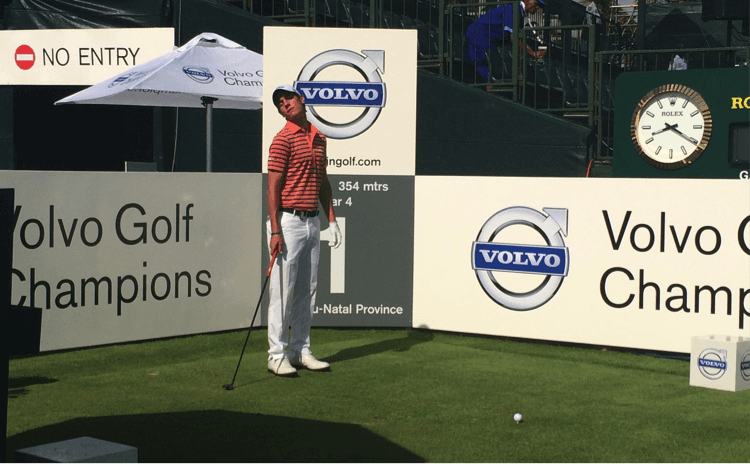How to Create Power
Written for Eclipse Golf by LEE WOOD - Senior Coach at MY Golf Academy - Horsham Golf and Fitness

Watching the best players in the world over powering golf courses with huge drives has the majority of players searching for more length off the tee. Advances in club technology and ball design certainly play their part in increasing distance; but for the average golfer, could there be more to the pursuit of power?
As a coach, I'm asked to help increase distance on a daily basis. Most of the players who are searching for more power have a clear misconception about how club head speed is produced. What I generally see are players gripping the club very tightly and using every muscle in their upper half to drive at the ball as hard as possible. Meanwhile, the real source of power remains passive and redundant.
Let's take the basic dynamic movement of throwing a
ball: this is an activity that requires force generation to be initiated from
the ground upward, to be expressed 'up and through' the upper arm and
hand. The dynamic sequence looks like this:
Foot - lower leg - knee - pelvis - core - shoulders - upper arm - hand
Delivering the golf club to the ball should happen in this sequence, we're effectively throwing the club at the ball. When we see Rory or Dustin going at a drive as hard as they do, it's easy to fixate on the speed of the arms and the club, over looking exactly what has created all that force.
The next time you're on the range, trying to clear the fence at the back, focus more on how the feet and legs are behaving and ask yourself if the sequence mentioned above is being fully utilised in your swing. If not, perhaps it's time to seek the advice of a PGA Qualified Professional.
Lee Wood
Senior PGA Coach, MY Golf Academy
Horsham Golf and Fitness
Mob: 07843682074
Email: leewood@my-golf-academy
View my diary & book your lesson here - https://leewood.proagenda.com/
